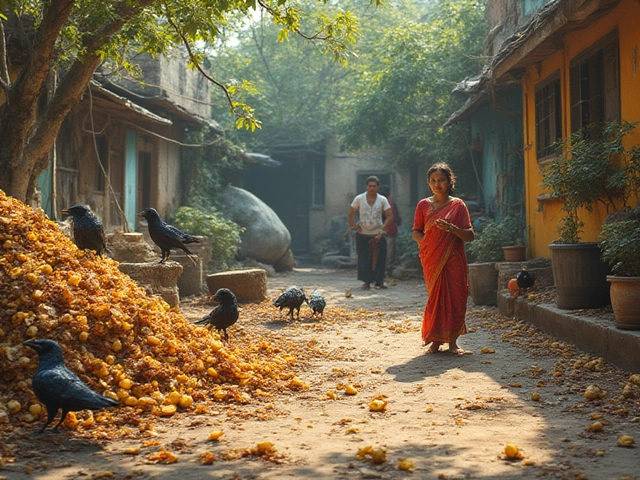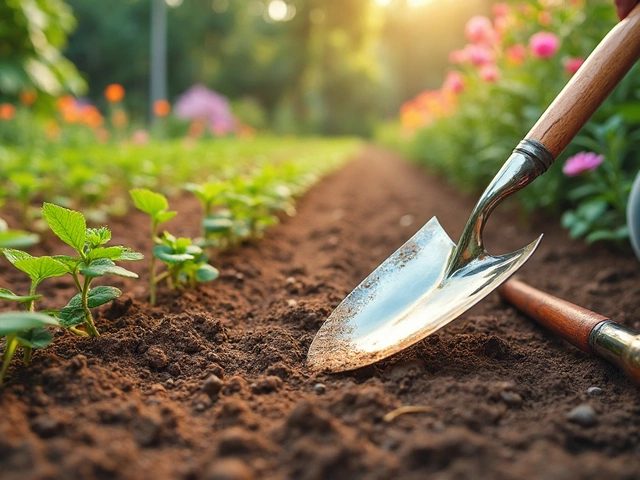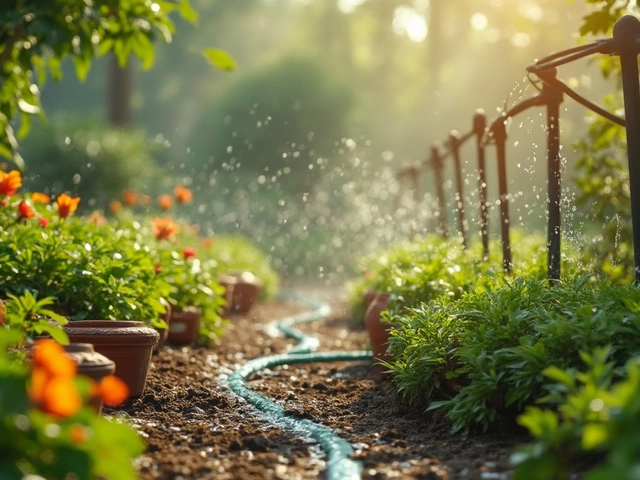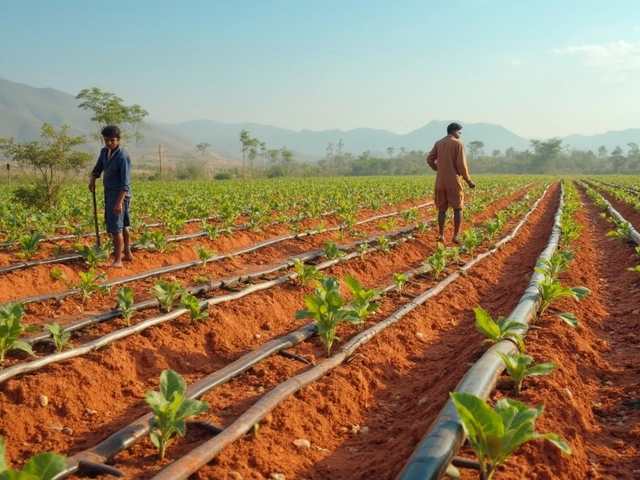Homemade Compost: Turn Kitchen Waste into Garden Gold
Ever looked at your vegetable peels and thought they’re just trash? In India they can become the best food for your soil. Making compost at home is cheap, easy, and cuts down on waste while giving your garden a serious nutrient boost.
Why Make Compost at Home?
Store‑bought fertilizers often contain chemicals that can harm beneficial microbes. A pile of your own kitchen scraps feeds those microbes naturally, improving soil structure and water retention – perfect for the monsoon‑dry cycle most Indian regions face. Plus, compost reduces the need for extra watering because the organic matter holds moisture longer.
Another win is the money you save. A kilogram of commercial compost can cost upwards of ₹100. With a small bin and a bit of effort, you can produce that same amount for a fraction of the price, using waste that would otherwise end up in the landfill.
Easy Steps to Start Your Compost
1. Choose the right spot. A shaded corner of your balcony, a corner of the yard, or a simple plastic bin works. Make sure it has good airflow – a few holes on the sides are enough.
2. Gather the right mix. Blend "green" material (vegetable peels, fruit waste, fresh leaves) with "brown" material (dry leaves, newspaper strips, cardboard). Aim for a 1:2 ratio of green to brown to keep the pile from smelling.
3. Keep it moist. The pile should feel like a wrung‑out sponge. If it’s too dry, add a splash of water; if too wet, toss in more brown material.
4. Turn it regularly. Every week or two, use a garden fork to stir the pile. Turning adds oxygen, speeds up decomposition, and prevents clumps.
5. Wait and use. In 4‑8 weeks, the mixture will turn dark, crumbly, and earthy. Sift out any large pieces, then spread around your vegetable beds, potted plants, or even mix into potting soil.
For Indian gardeners dealing with heavy soil, adding a handful of homemade compost before planting can lighten the texture and improve drainage, as discussed in our post "How to Loosen Heavy Garden Soil: Simple Additives for Better Texture".
If space is tight, try a stacked compost system or a worm bin. Worms love kitchen waste and produce a nutrient‑rich tea that you can dilute and water your plants with – a neat trick for balcony growers.
Remember, composting is a small habit with big rewards. It cuts waste, saves money, and makes your garden healthier. Start with a simple bin, follow the green‑brown rule, and watch your soil transform.
Got questions about compost odor, pests, or the best material mix for your region? Drop a comment or check our other guides on sustainable gardening and soil health. Happy composting!
What Not to Put in Compost: Essential Guide for Safe and Healthy Homemade Composting
If you’re eager to make nutrient-rich homemade compost, you need to know there are a few things that just don’t belong in the pile. This practical guide dives deep into what you absolutely shouldn't add, and why skipping certain scraps makes your compost safer and better for your garden. We’ll unpack surprising facts and tips you won’t find on the back of a fertilizer bag. Make sure you create compost that’s both eco-friendly and trouble-free. Here’s what every home composter needs to know.
About
Gardening
Latest Posts


The First Essential Tool Every Gardener Needs
By Alden Thorne Apr 16, 2025

How Much Water Should Flow from Your Drip Line?
By Alden Thorne Mar 28, 2025

Drip Irrigation Drawbacks: What You Need to Know
By Alden Thorne Feb 14, 2025

